𝟙𝟡𝟟𝟟 | 𝑭𝒆𝒓𝒓𝒂𝒓𝒊 𝟑𝟎𝟖 𝑮𝑻𝑩
The 1977 Ferrari 308 GTB is one of the most iconic Ferraris of the 1970s, representing a pivotal moment in Ferrari’s transition from curvy ‘60s styling to the sharper lines of modern sports cars. Here’s a historical breakdown:
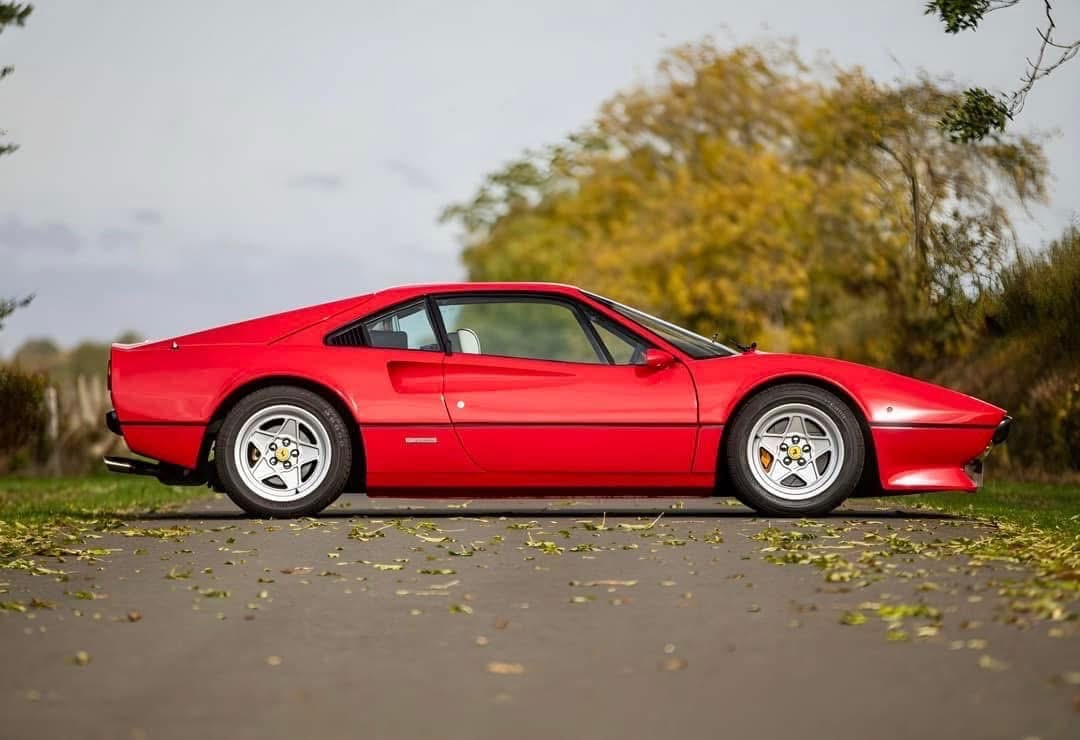
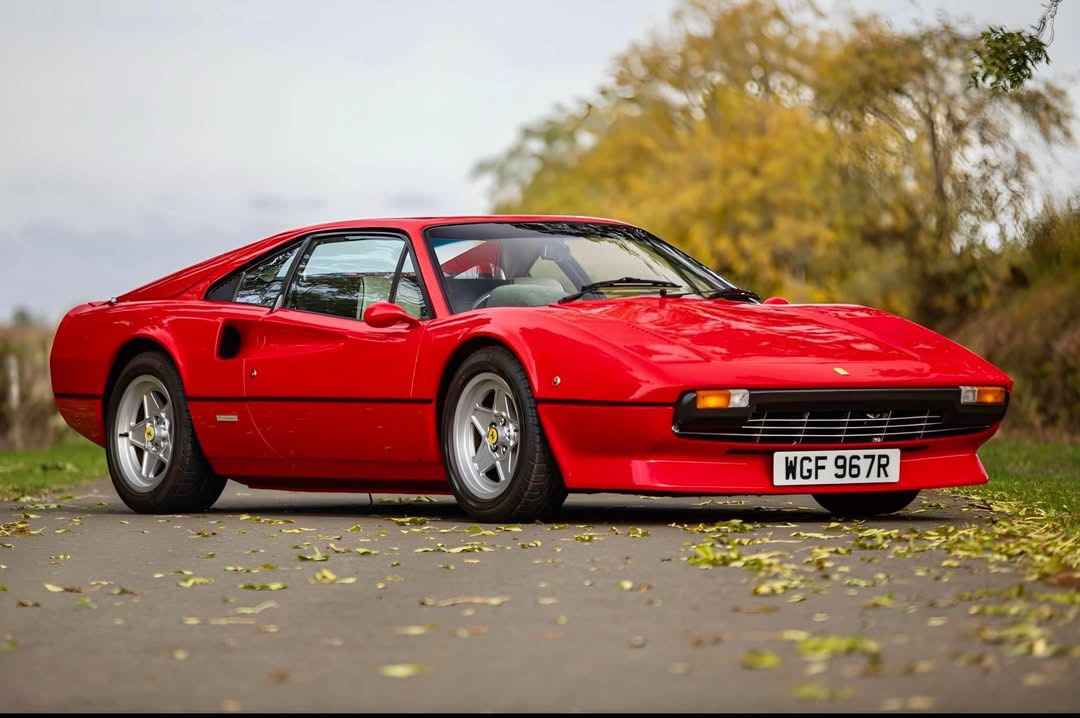
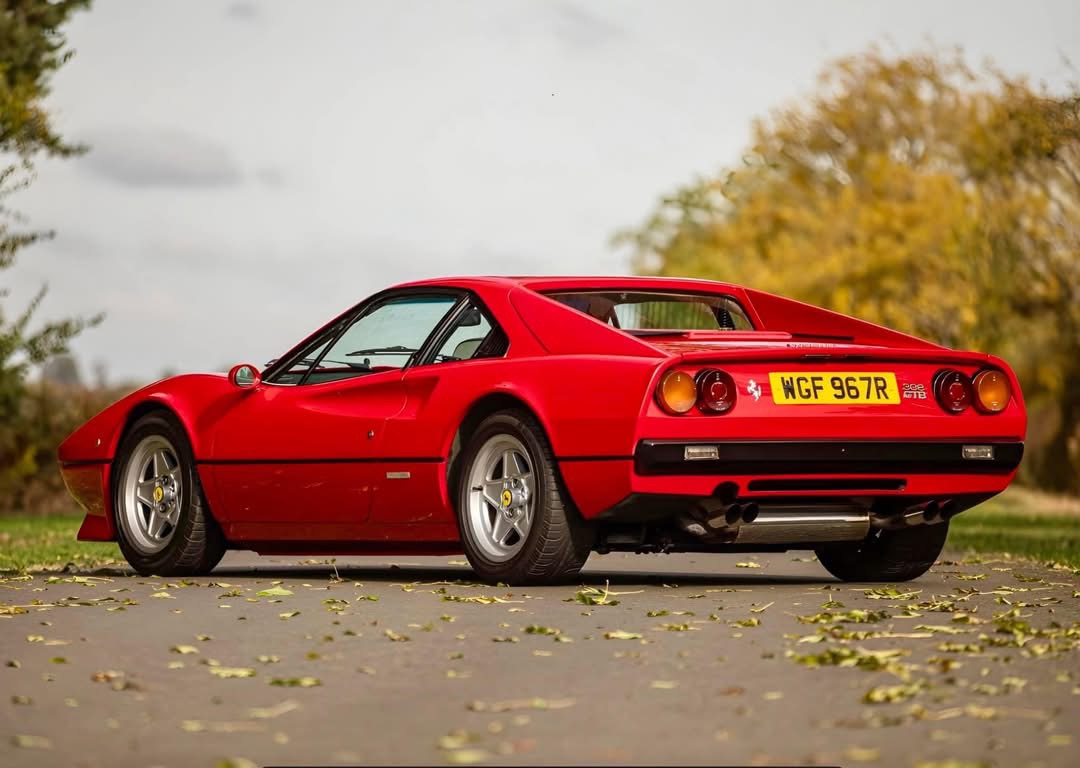
Overview
- Model Name: Ferrari 308 GTB
- Year Introduced: 1975 (with 1977 as a significant production year)
- Designer: Pininfarina (Leonardo Fioravanti, who also penned the Daytona and Dino 246)
- Manufacturer: Ferrari (assembled by Scaglietti)
- Class: Sports Car
- Layout: Mid-engine, rear-wheel drive
- Body Style: 2-door Berlinetta (GTB = Gran Turismo Berlinetta)
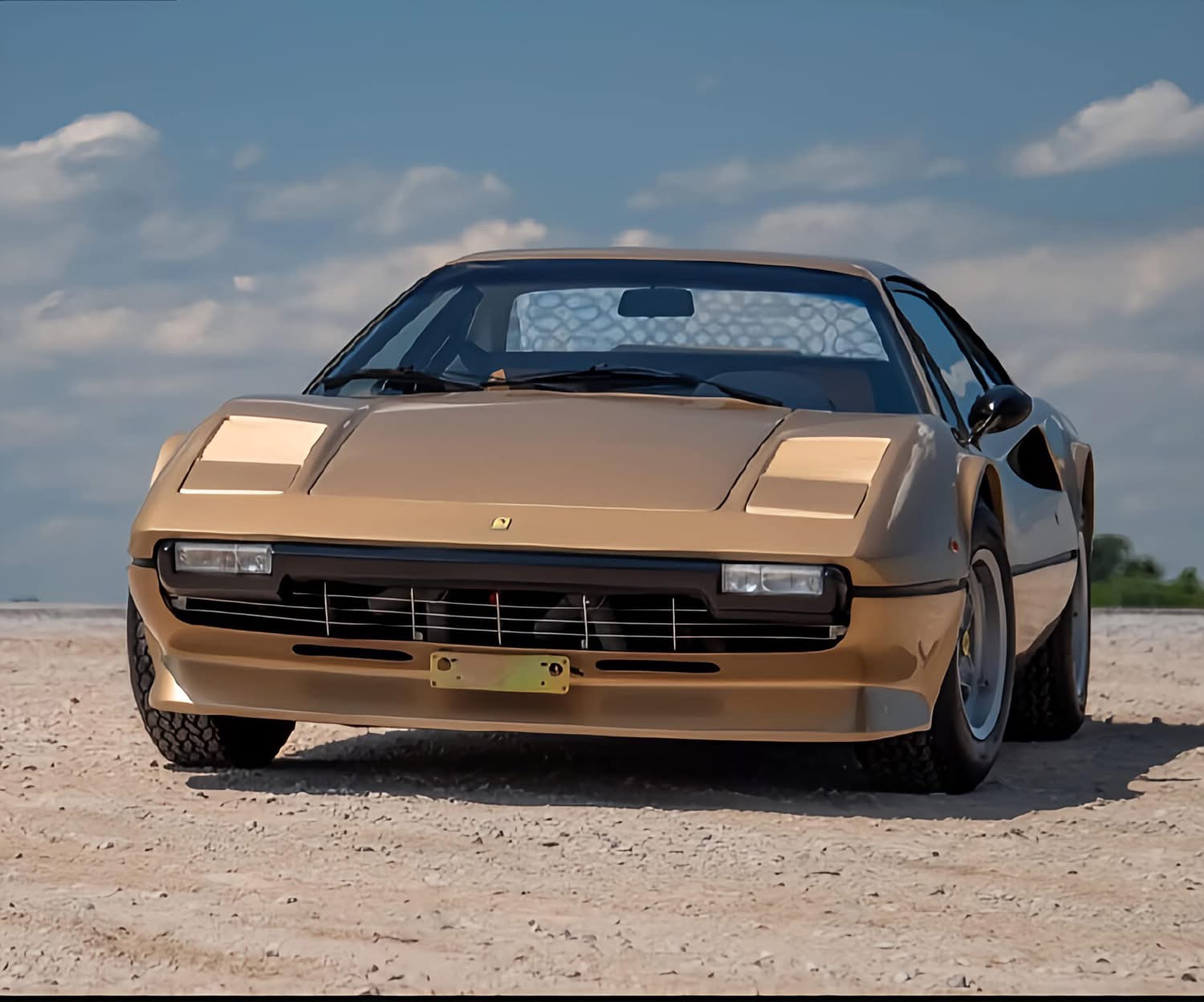
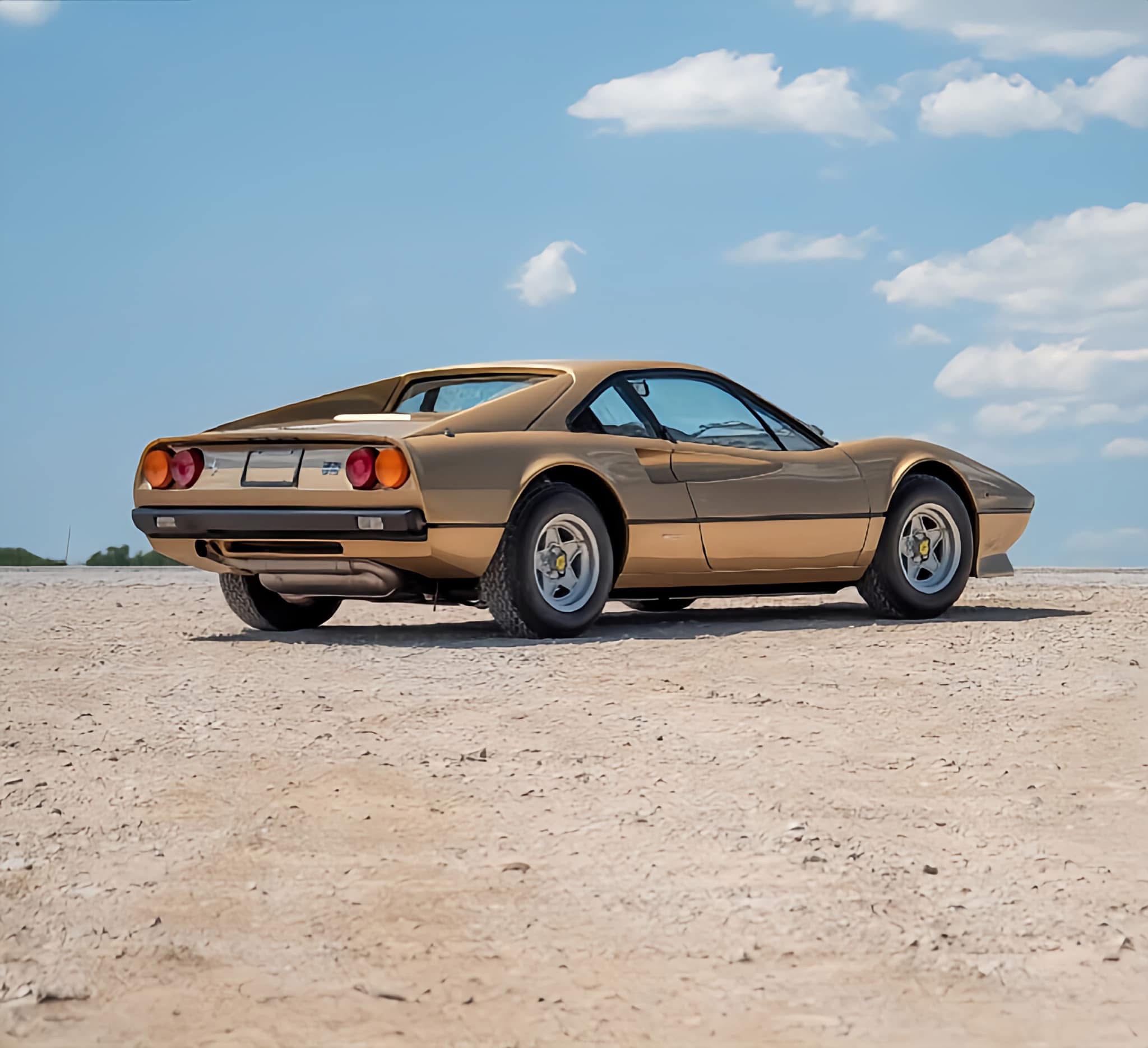
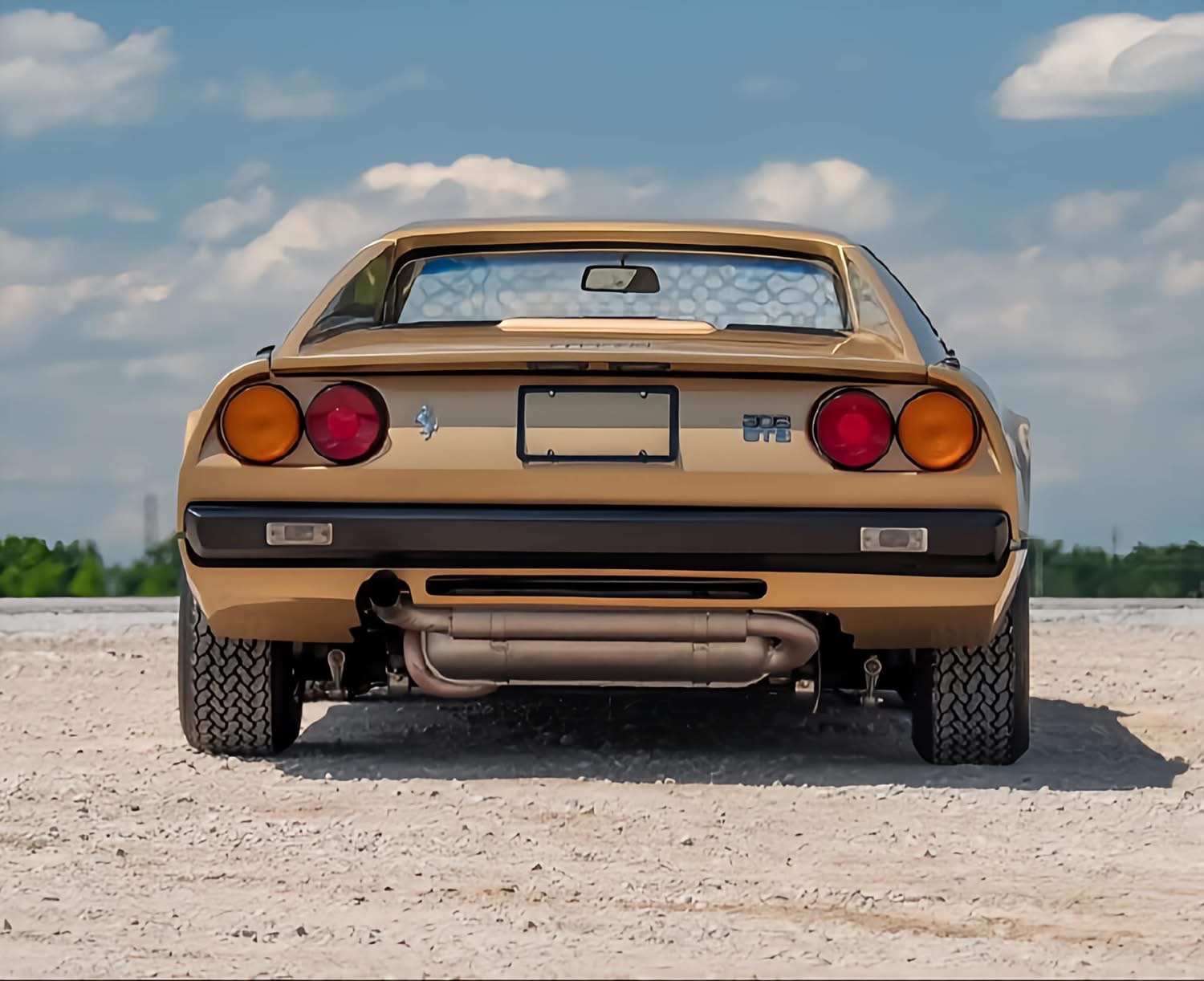
Historical Context
Ferrari introduced the 308 GTB at the 1975 Paris Motor Show as a replacement for the Dino 246 GT and as a more aggressive counterpart to the 2+2 GT4. The early 308 GTBs were unique for having fiberglass (GRP) bodies, which made them incredibly lightweight.
By 1977, Ferrari transitioned to steel body panels due to production demands and durability concerns. This marked a significant shift in the model’s identity, as the steel-bodied versions were heavier but considered more robust. The steel-bodied 1977 model is often considered the first “mainstream” 308 GTB.
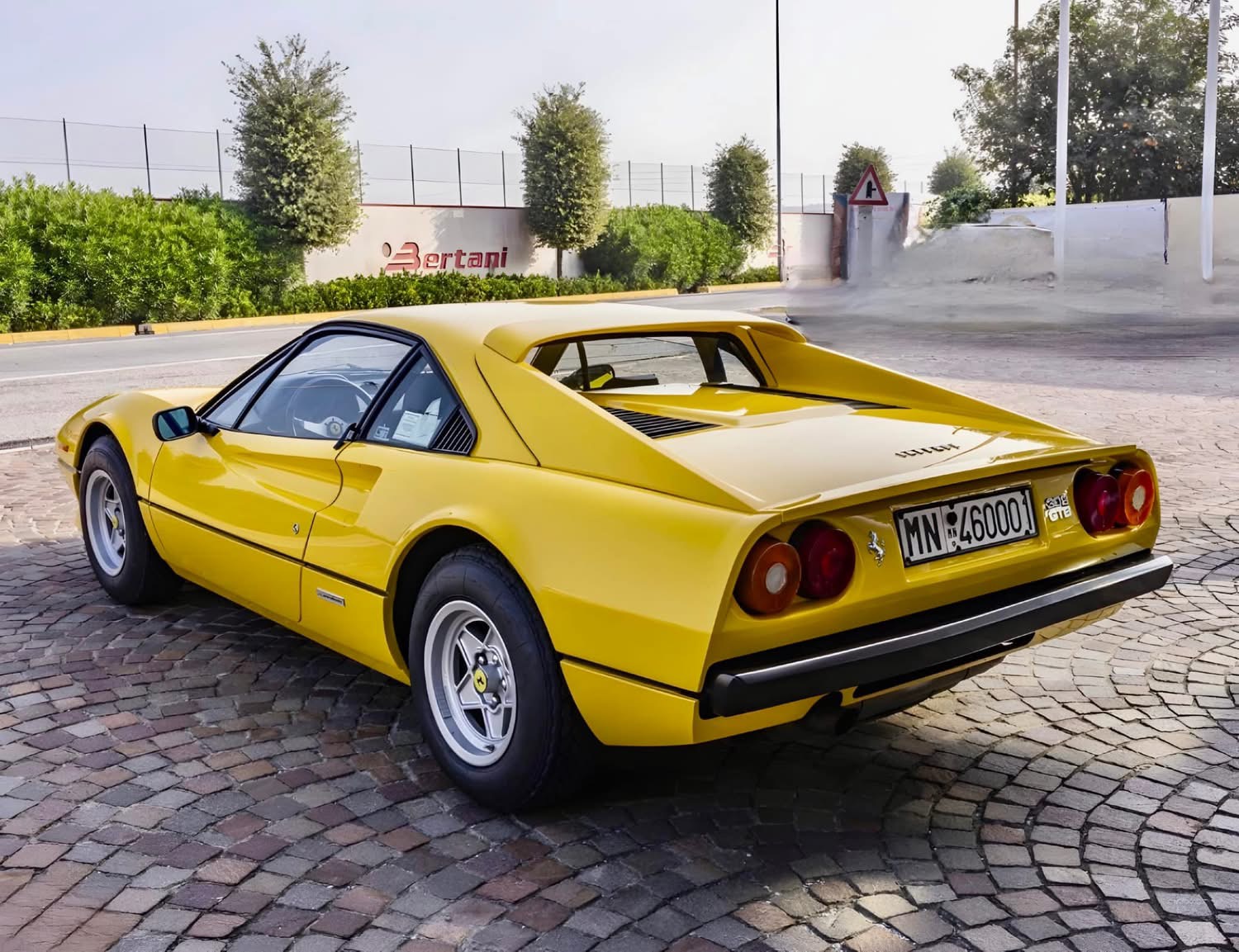

Engine & Performance
- Engine: 2.9L (2926cc) V8
- Carburetion: Four twin-choke Weber carburetors
- Power Output: Around 255 hp (European spec; U.S. versions had slightly lower output due to emissions restrictions)
- 0-60 mph: Approx. 6.5 seconds
- Top Speed: Around 155 mph (250 km/h)
- Transmission: 5-speed manual
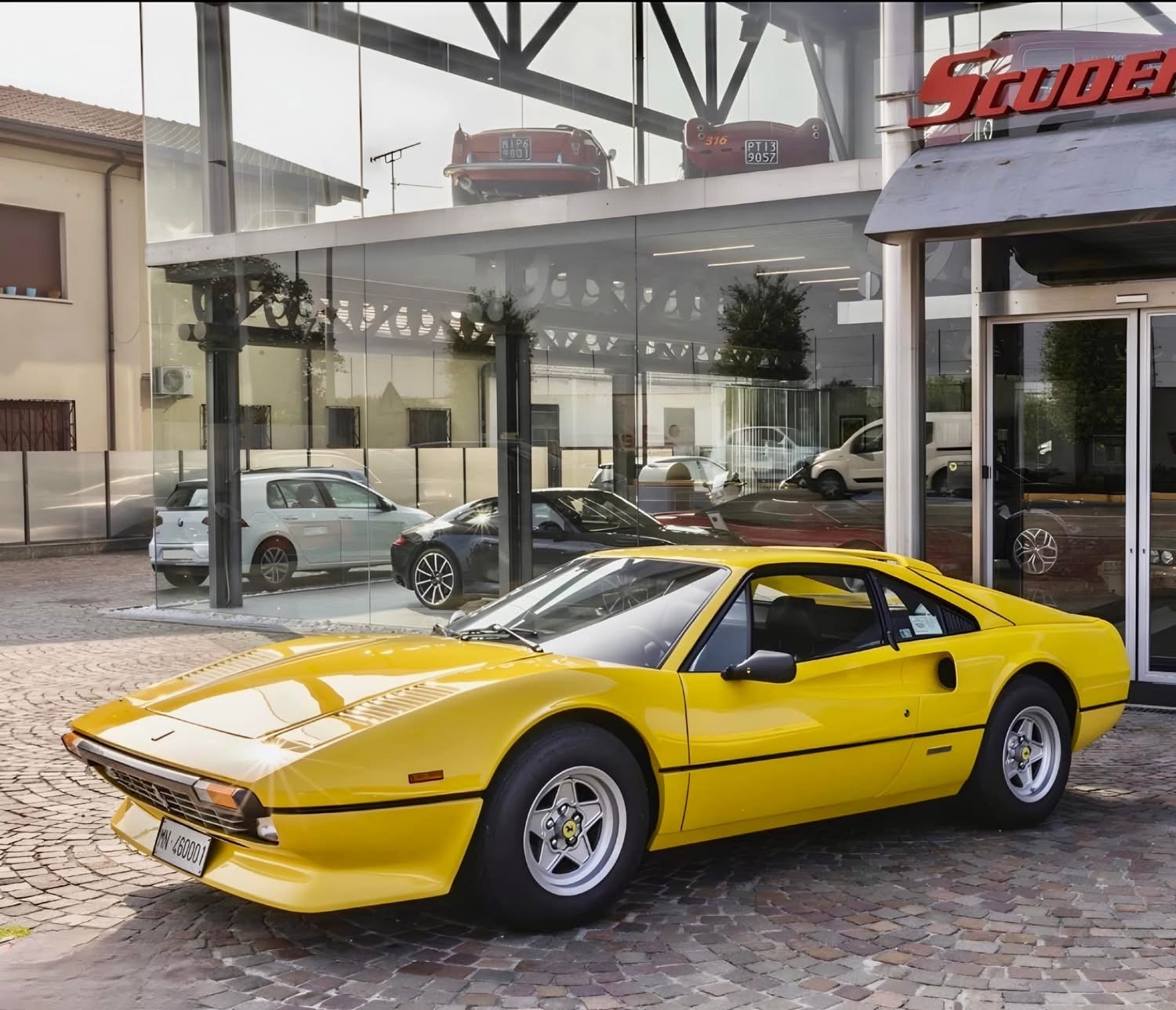
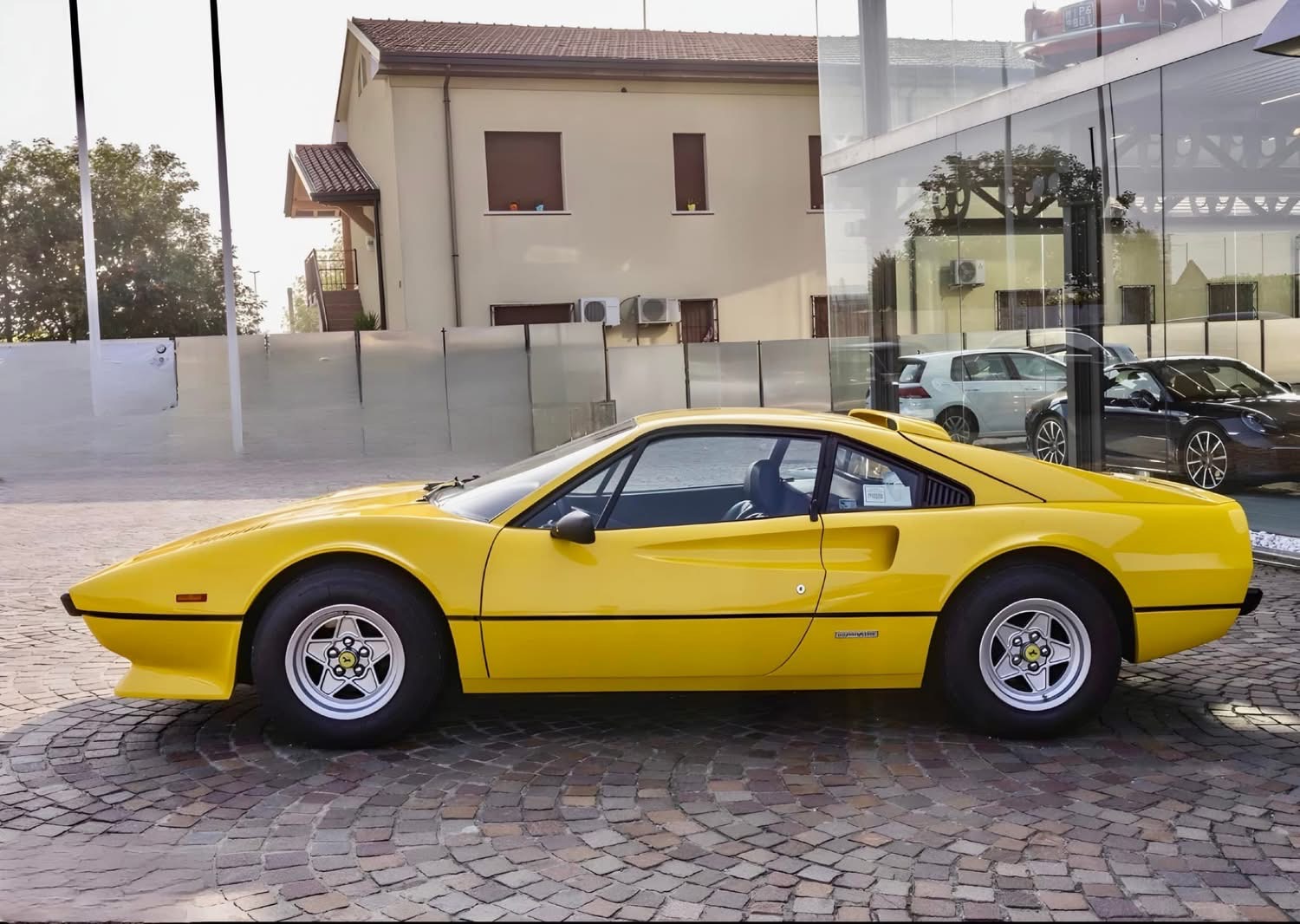
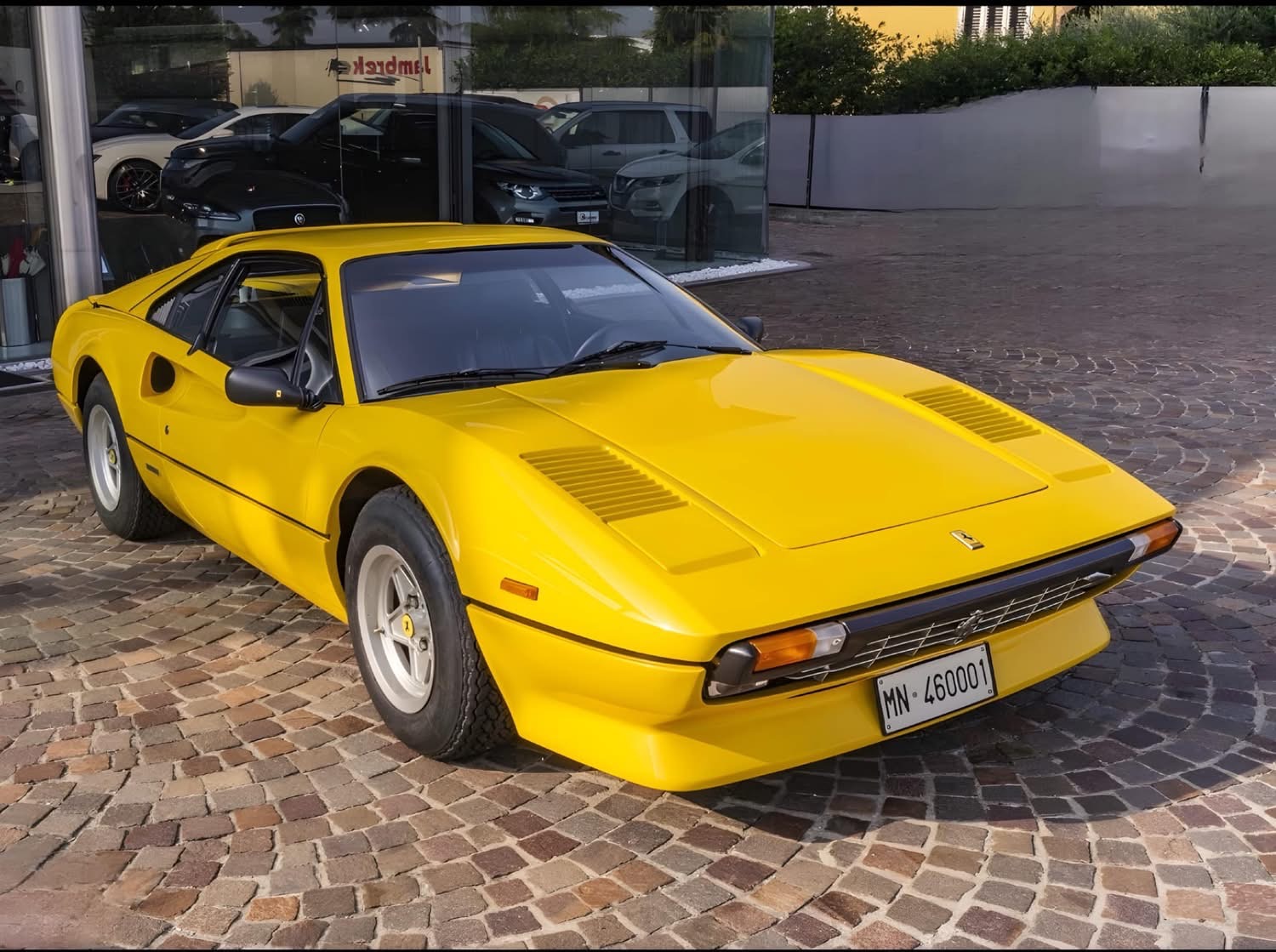
Design Notes
- Sharp wedge shape, influenced by the Dino and early ’70s Ferrari design language
- Pop-up headlights, deep front air dam, and large side air scoops
- The cabin featured classic Ferrari elements—gated shifter, Veglia gauges, and leather-trimmed seats
Significance
The 308 GTB (and its targa-top sibling, the GTS) became Ferrari’s best-selling model at the time, and it laid the foundation for Ferrari’s V8 lineage. It gained widespread fame later as Thomas Magnum’s car in “Magnum, P.I.” (though that was the GTS version).
The 1977 model in particular is prized by collectors for being one of the last carbureted versions before Ferrari moved to fuel injection in the early ‘80s, marking the end of a more raw, analog era of Ferrari performance.
Comments
Post a Comment